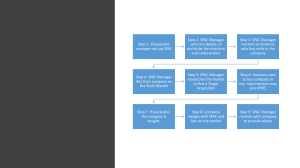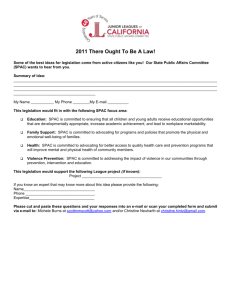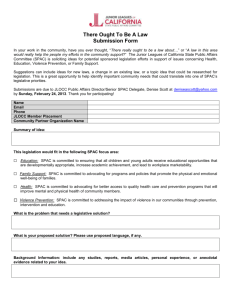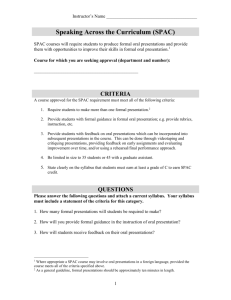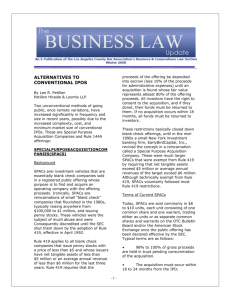A
advertisement
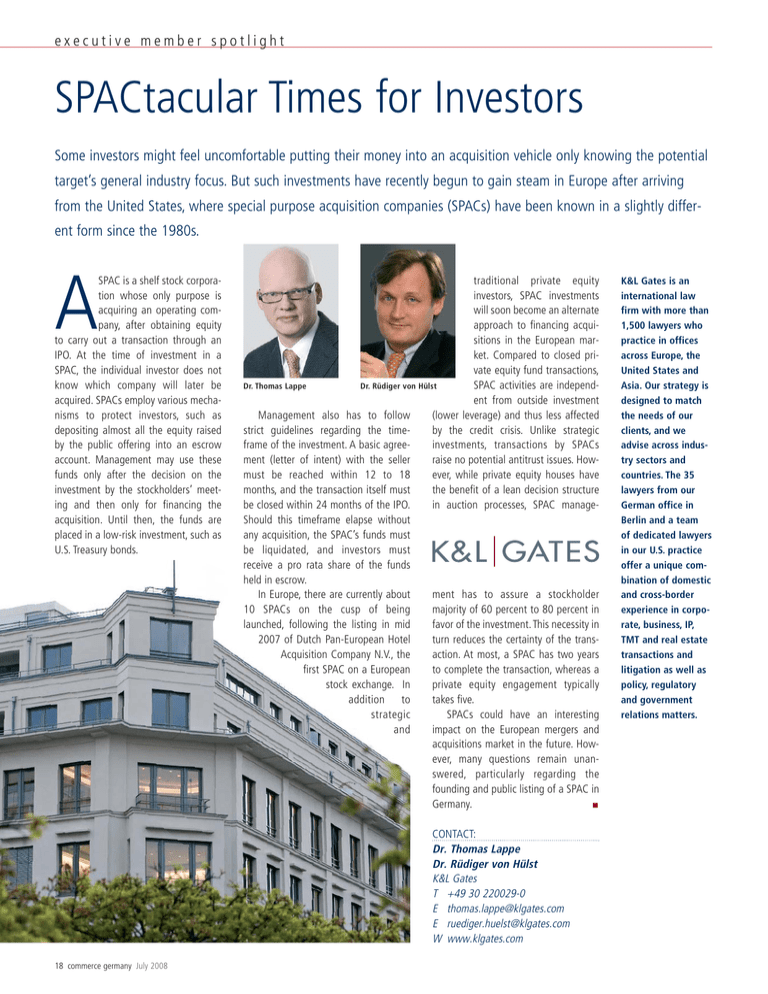
executive member spotlight SPACtacular Times for Investors Some investors might feel uncomfortable putting their money into an acquisition vehicle only knowing the potential target’s general industry focus. But such investments have recently begun to gain steam in Europe after arriving from the United States, where special purpose acquisition companies (SPACs) have been known in a slightly different form since the 1980s. A SPAC is a shelf stock corporation whose only purpose is acquiring an operating company, after obtaining equity to carry out a transaction through an IPO. At the time of investment in a SPAC, the individual investor does not know which company will later be acquired. SPACs employ various mechanisms to protect investors, such as depositing almost all the equity raised by the public offering into an escrow account. Management may use these funds only after the decision on the investment by the stockholders’ meeting and then only for financing the acquisition. Until then, the funds are placed in a low-risk investment, such as U.S. Treasury bonds. traditional private equity investors, SPAC investments will soon become an alternate approach to financing acquisitions in the European market. Compared to closed private equity fund transactions, Dr. Thomas Lappe Dr. Rüdiger von Hülst SPAC activities are independent from outside investment Management also has to follow (lower leverage) and thus less affected strict guidelines regarding the timeby the credit crisis. Unlike strategic frame of the investment. A basic agreeinvestments, transactions by SPACs ment (letter of intent) with the seller raise no potential antitrust issues. Howmust be reached within 12 to 18 ever, while private equity houses have months, and the transaction itself must the benefit of a lean decision structure be closed within 24 months of the IPO. in auction processes, SPAC manageShould this timeframe elapse without any acquisition, the SPAC’s funds must be liquidated, and investors must receive a pro rata share of the funds held in escrow. In Europe, there are currently about ment has to assure a stockholder 10 SPACs on the cusp of being majority of 60 percent to 80 percent in launched, following the listing in mid favor of the investment. This necessity in 2007 of Dutch Pan-European Hotel turn reduces the certainty of the transAcquisition Company N.V., the action. At most, a SPAC has two years first SPAC on a European to complete the transaction, whereas a stock exchange. In private equity engagement typically addition to takes five. strategic SPACs could have an interesting and impact on the European mergers and acquisitions market in the future. However, many questions remain unanswered, particularly regarding the founding and public listing of a SPAC in Germany. 쐍 CONTACT: Dr. Thomas Lappe Dr. Rüdiger von Hülst K&L Gates T +49 30 220029-0 E thomas.lappe@klgates.com E ruediger.huelst@klgates.com W www.klgates.com 18 commerce germany July 2008 K&L Gates is an international law firm with more than 1,500 lawyers who practice in offices across Europe, the United States and Asia. Our strategy is designed to match the needs of our clients, and we advise across industry sectors and countries. The 35 lawyers from our German office in Berlin and a team of dedicated lawyers in our U.S. practice offer a unique combination of domestic and cross-border experience in corporate, business, IP, TMT and real estate transactions and litigation as well as policy, regulatory and government relations matters.
